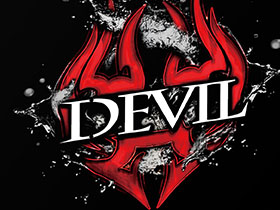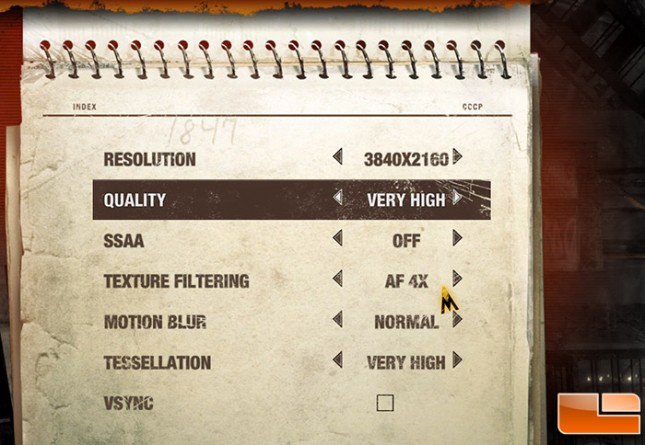


Secondly, there is an increasing demand amongst customers to buy GPUs with larger amounts of graphics memory. But looking at the market standards, the 2Gb chips that AMD has used in the past are slowly started to fade, giving way to 4Gb counterparts, so AMD is basically following the trend. This is an interesting choice from AMD, since their flagship cards are equipped with 4GB of memory (HBM, albeit). Secondly, both R9 390X and R9 390 cards come with 8GB of GDDR5 memory. This gives AMD an advantage to utilize the added bandwidth to supplement the now ageing Hawaii chip.

In this refresh, the memory bandwidth increases from 320 GBps to 384 GBps, almost sequentially in line with the memory clockspeed bump, and more than any card in existence right now. So while the memory bandwidth increased, effective clockspeed was slower at 5Gbps and the memory controller shrunk in size compared to previous generations. By architecture, Hawaii implemented the wider 512-bit memory bus to allow memory controllers to perform slower, in an attempt to keep the overall power consumption in check and increase die efficiency. But looking at the specifications of the new cards, and it becomes apparent that one cannot call this a mere rebadge.įirst of all, AMD has increased the memory speeds a whooping 1Gbps in both the R9 390X and the R9 390, 20% more than what we had in R9 290X and R9 290. Even bigger jump is for the R9 390, which sees a jump from 662MHz/947MHz core and boost clocks to 1000MHz/1050MHz. The R9 390X has a core clock speed of 1050MHz, which sees a bump from the reference R9 290X (1000MHz).
R9 390 metro last light benchmark series#
Like the 290 series, the 390 series is comprised of two cards, a full-fledged R9 390X with all 44 CUs (2816 SPs) enabled, and a cut down, lower clocked version with 40 CUs (2560 SPs) enabled. But choosing the R9 390X/390 over R9 290X/290 needs to be justified and if we look at Hawaii in its last iteration, modifying the architecture for further improvements may not be a simple task in the backdrop of shortage of RAM and NAND flash memory. The GTX 970 and GTX 980 have been around for a while and AMD is targeting those two cards at their respective price brackets. Moreover, the current pricing of the existing Hawaii flagships mean that AMD is not profiting from these segments and needed something to replace them at a higher price. That gives AMD almost a year to compete in the market with their existing products and hence Hawaii was the best that they could throw at the sub-Fury/sub-980 market. Their 20nm push has been effectively scrapped, costing them $33 Million, and it will be later in 2016 when we first start to see products based on 14nm FINFET designs. Now the question is, why Hawaii? If we look at AMD’s current financial condition and their roadmap, they are not changing to a newer manufacturing process anytime sooner. AMD was forced to reduce prices to compete with the likes of GTX 970, and with the recent launch of GTX 980 Ti, the prices for previous generation AMD GPUs were at their lowest.

The Hawaii first came into fruition almost three years ago and over the years the R9 290X and the R9 290 has faced stiff competition from NVIDIA’s Maxwell refresh. For the R9 390X and the R9 390, AMD returned to their trusted Hawaii GPU. They dissected their line up to push the HBM-enabled GPUs up a notch, calling them Fury and Fury X respectively. The rumour mill had been brewing for quite some time now, telling us that the flagship GPUs R9 390X/390 will be using HBM (High Bandwidth Memory) technology while retaining the 28nm manufacturing process (GCN1.1) for the GPU. AMD has been pretty hard pressed on releasing their newest line of GPUs.


 0 kommentar(er)
0 kommentar(er)
